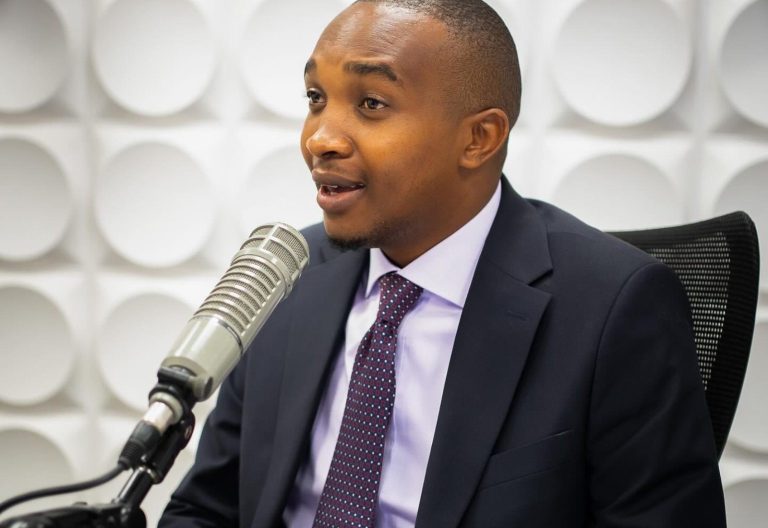Universities seek modalities to overcome dons’ shortage
By Irene Githinji, August 14, 2020Public universities are seeking modalities to address rising academic staff shortage.
Institutions of higher learning are struggling to retain existing staff and attract new talent.
Vice-Chancellors say the institutions are finding it extremely difficult to attract young talent to take up academic positions, whereas university teaching as a career should typically attract the brightest, best qualified and most talented.
A Report of the Vice-Chancellors Committee of Public Universities eattributes the anomaly that this is because an academic career no longer offers serious promise of future progress, whether in terms of remuneration or professional actualisation.
“Universities are no longer able to attract the best young graduates to enter the academia, instead these graduates are looking elsewhere, especially to the private sector and even the civil service.
Even those who already have the qualifications to be university lecturers, that is doctorate degree holders, are no longer keen to work in universities and instead also look for opportunities elsewhere,” said the VCs, in their submission towards university reforms.
They urged government to work together with universities to establish proper remuneration levels that would attract young talent to join the universities as teaching staff and then also to attract and retain others who are already qualified.
The VCs said a staff audit conducted in collaboration with unions, which covered the 2013-2017 Collective Bargaining Agreement (CBA) term indicated that universities had an average of 27,750 staff per year in that period.
The analysis showed that universities had huge staff shortages in categories of academic and technical staff.
“These are the categories of staff that have direct contact with students in the learning process and which would explain to a large extent why academic work was suffering, resulting in compromise on quality,” said the VCs.
Similarly, they cited other challenges they are faced with surrounding ‘uncontrolled’ expansion of universities, which is largely the consequence of inadequate funding.
“The universities, in order to respond to the need to expand their financial bases through Module II, resorted to expansion through the establishment of campuses in student ‘catchment’ areas,” they explained.
Large number
In the process, universities basically cashed in on the fact that a large number of those who enrolled into Module II programmes were mostly seeking to change their careers or enrol in programmes they did not qualify for in the first place to be Government-sponsored students.
In doing this, the VCs said in the report, that universities were responding to a market that would generate for them quick funds and not necessarily what was critical to national development.
The strain was worsened after 2015, where universities have experienced unprecedented financial difficulties occasioned by different aspects including the number of students joining.
From 2016, they said the number of students qualifying to join universities suddenly plummeted down from 169,492 in 2015 to 88,929 and then 70,073 in 2017 and 90,950 in 2018.
This, they said, suddenly left the universities with minimal Module II students and the universities, having considerably expanded, had to hurriedly downsize in order to cope with the emerging situation.
Similarly, VCs said Government funding has tended to increase at a much lower pace compared to the numbers of universities and students.
More Articles

